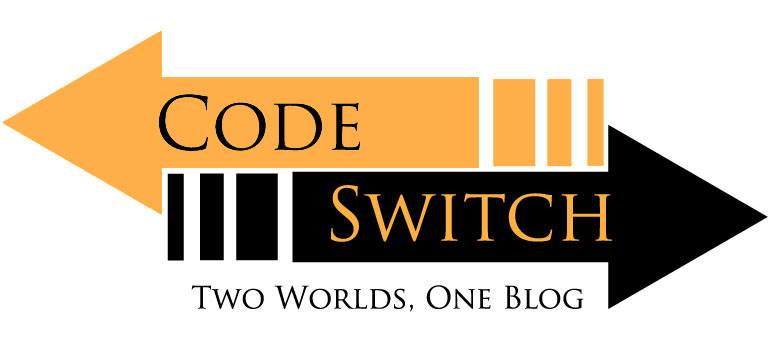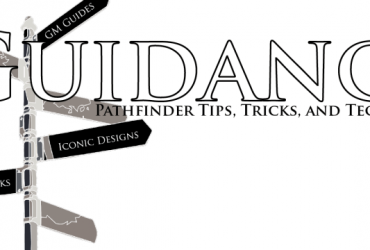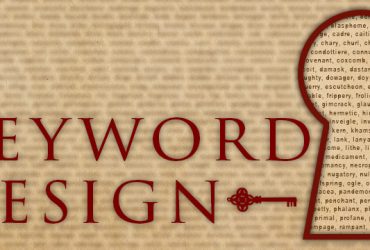Dying sucks. I had the misfortune last week of kicking the bucket at a Pathfinder Society Table, and I barely survived our latest session in our Reign of Winter game. All of this death surrounding me started to make me really examine the death and dying rules in Pathfinder.
What are the Death and Dying Rules in Pathfinder?
In Death and Dying rules in Pathfinder are simple and express that death in harsh and unceremonious. You have you handful of hit points, and you are full power all systems go until your hit point total drops to 0 and you become disabled. This gives you the staggered, condition and heavily limits your actions. If your actions or an enemy makes you drop into negative hit points (-1, -2, etc) you gain the dying condition. While in this state you are unconscious and every turn have to roll a constitution check to avoid continued dying. Finally, once your negative hit points equal your constitution score you’re dead. On paper it looks like a very generous system that gives you plenty of time to stop dying and hopefully have a friend bring you back into the fight, right?
Scale is Important.
For a low-level character, this system is usually pretty generous. Sometimes a wizard is going to take an axe in the wrong mirror image, but usually damage output at lower levels is sufficiently low to ensure a player isn’t killed in one hit. That is not true at higher levels. To give personal examples about scale, I want to highlight really quickly my last week of Pathfinder.
My 4th level Tiefling with 16 con and a butt load of hit points was reduced to 25% of its hit point total in one attack from an enemy, going from 32 to 8. Now I was left in a precarious situation. The enemy hit me with an average attack and it was very likely that the next attack would do 24 damage as well, which would kill that 16 constitution Tiefling. Sure enough I ran away and gambled a surprise attack and was punished with alchemist bomb death.
Similarly, while facing an opponent in Reign of Winter my 12th level Dhampir went from 81 hit points to -11 in one round of attacks from a single enemy. No critical hits, just raw damage. This character would never sniff those death and dying rules above with his 14 constitution. Only a natural 20 on the dice and our massively over-engineered healer kept the fight from being a total party wipe. The death and dying rules work, but with enough movement on the power curve, they become less and less useful.
Why is that Bothersome?
At lower levels the death and dying rules are bothersome to be, because once a character hits negatives they get to roll one die a turn to stop dying, but gain no other participation at the table. In Pathfinder when you’re at negative hit points, you’re unconscious; you can’t act, notice, talk, or participate in the surrounding fight in anyway (except making dope reflex saves). This is the same complaint I have about using Cause Fear and Color Spray on new players, but that’s a different issue all together. At higher levels the death and dying rules makes death feel imminent and brutally unceremonious. If you’re not at full health you’re at risk of being dead, and when you die you won’t get any chance to say goodbye.
This is probably the saddest part of dying to me in Pathfinder, the suddenness with which your character dies at higher levels. No getting to struggle against the darkness, no death speeches, no attempts to try and shrug off wounds you know are lethal.
It’s not that Pathfinder doesn’t offer ways to try and change that dynamic. Pathfinder Society’s Retail Incentive Program let’s you trade financial support for your store into tricks to stave off death, and there’s an assortment of feats like Diehard, Parting Blasts, and the Deathless feat tree that allow you to fight beyond what the standard death and dying rules allow. I’d just like all PC’s to have the ability at no cost to still participate in small ways after hitting that negative hit point threshold.
Solutions in Other Systems
Pathfinder keeps these death and dying rules as a holdover from Dungeons and Dragons 3.5, but newer editions of Dungeons and Dragons change it up a little. 4th Editions’ death and dying rules are a little more forgiving. You go unconscious at 0 hit points and start making Death Saving Throws every round. The DC on the saves is 10, but succeeding in saves doesn’t stabilize you someone else has to do that, and if you fail 3 of those saves you die. It’s also worth noting that you don’t die from negative hit point damage until your hit points go negative equal to half of your hit point total vs just constitution score in Pathfinder. Dungeons & Dragons 5th edition is similar except when you’re unconscious you automatically fail certain saves, among other little differences.
It’s in Big Eyes Small Mouth 2nd Edition (BESM from here on out) rules that I pinpoint what disappoints me about dying in Pathfinder. BESM’s death and dying rules are very loose on specifics, but do say that a character is incapacitated once they hit 0 hit points, and die at -20. What it doesn’t say is that incapacitated characters are unconscious. They’ve taken a mortal wound and need attention to avoid death, but those characters are free to tell you their dying wish or give you a letter for their dad.
WARNING: From Saving Private Ryan, much violence, naughty language, and Tom Hanks.
What to do in Pathfinder?
Pathfinders rules-heavy system means that it’s very rare to be both incapacitated AND conscious. The system has a wide variety of items and abilities, and giving any allowance of actions would invariably lead to players finding ways to cheat death rather than slip into the Boneyard. I think the solution to this is to go outside the rules and just let those end of life speeches and gestures happen. Yes, at negative your constitution score you are mechanically dead, but maybe that’s just the point where magical healing can’t remake enough blood, uncollapse both your lungs, or staple together your greatsword piercing. Give your players some control of their deaths, and not just controls over their inevitable Raise Dead, Reincarnation, Resurrection, or True Resurrection.







